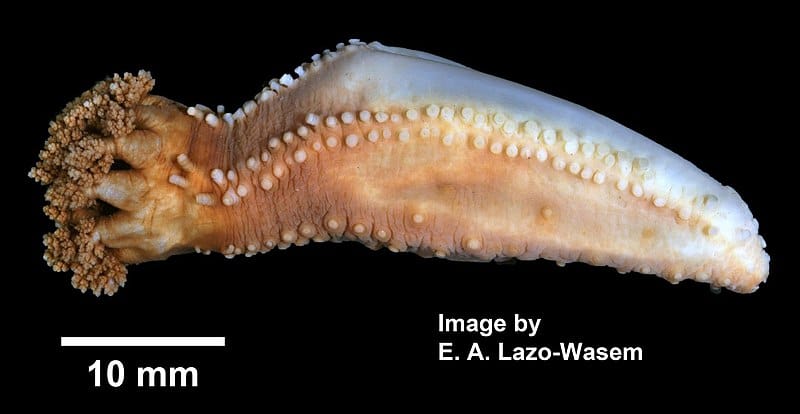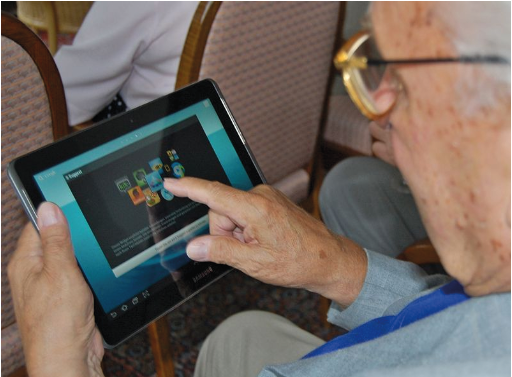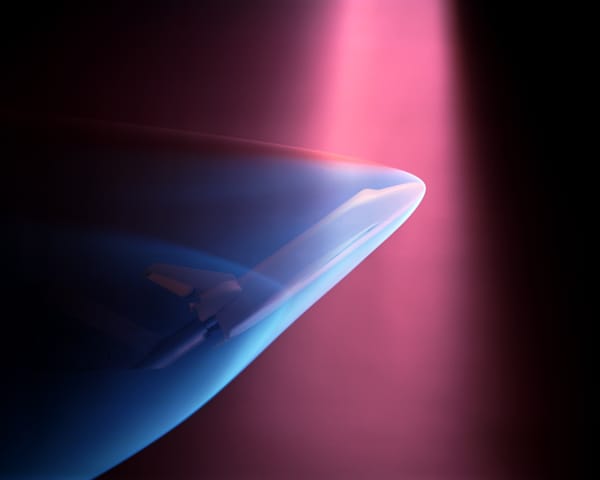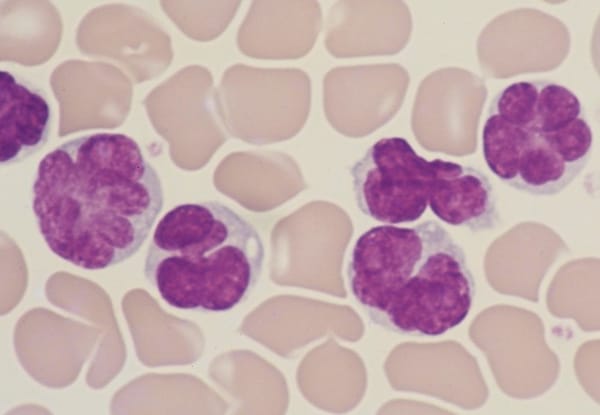We are killing the cure for cancer
Marine invertebrates may hold the key to developing effective cancer treatments, but we are reducing their populations

Cancer is still a very hard disease to cure despite the current extensive research being carried out to investigate it from different angles. Around 60% of cancer drugs have a natural origin. Many of these come from marine invertebrates, which have huge biochemical diversity. So, there are potentially more anti-cancer chemicals to be discovered in these organisms. The reason why the chemicals of marine invertebrates can destroy malignant cells is that these chemicals have cytotoxic properties (i.e. are toxic for cells). This evolved through natural selection. Marine invertebrates live in environments infested with pathogenic microorganisms such as fungi and bacteria that they need to continually fight. Some marine invertebrates like sea cucumbers do not have protective exoskeletons, so they are more exposed to these pathogens. Sea cucumbers have thus been forced to develop and improve their biochemical arsenal.
Undoubtedly, the sea cucumber is the marine invertebrate with the largest potential for the discovery of cancer treatments due to the genetic diversity of these “plant-like” animals. They are rich in various molecules that are not produced in the human body and are very hard to synthesise in laboratories. Chemicals such as frondoside A and triterpene glycosides, have already shown promising results when tested on a large array of human cell lines. These compounds have proven to have anti-tumoral and anti-oxidant properties, amongst others. For this reason, sea cucumbers have been a delicacy in Asian civilisations for centuries, and are often termed the “ginseng of the sea” (ginseng is a plant root with many healing properties).
Frondoside A has growing relevance in the fight against cancer. This very complex molecule is extracted from the sea cucumber Cucumaria frondose. Research with mice has shown that frondoside A is effective in curing both lung and pancreatic cancers. In addition, the dosed-frondoside A mice attained more protection against bacterial infection, as well as increasing activity in macrophages. These are immune cells that “eat” harmful agents such as bacteria or cancer cells. The applications of frondoside A in breast and hormonal-related cancers is also under study. There are four core effects of frondoside A that make it such a good anti-cancer agent. First, it inhibits cell division, which is key in stopping the growth of tumours because cancer is essentially the uncontrolled division of dysfunctional cells. Second, it simultaneously activates apoptosis, which is the programmed death of cells that have suffered DNA damage or been invaded by pathogens, in order to avoid infecting the surrounding cells. Third, it prevents the spread of cancer cells to other tissues and organs of the body. Fourth, as malignant tumours grow very fast, they need higher supplies of food and oxygen. Consequently, they start forming blood vessels that connect with the main bloodstream to uptake more nutrients. This process is called angiogenesis and frondoside A precisely inhibits it, causing the starvation of the malignant tumours. All in all, frondoside A is capable of preventing the further development of cancer cells and killing them directly.
Another “Holy Grail” of natural anti-cancer agents are triterpene glycosides which are synthesised, again, by sea cucumbers. They have cytotoxic properties that are effective against fungi, bacteria, and other living cells. Sea cucumbers employ these chemical compounds both to deter predators and to attack pathogens. Triterpene glycosides create channels in cell membranes that alter the internal chemical composition of the cell, causing its death. Several investigations conducted in rodents have demonstrated that triterpene glycosides are able to diminish tumour growth and spread.
However, there are two main disadvantages to using sea cucumbers’ chemicals for cancer treatment. Firstly, frondoside A is hard to test in clinical trials with humans because the chemical compound is inactive if ingested orally. The other methods of administration are intravenous and abdominal, which activate frondiside A but are more invasive and therefore require a precise calculation of the doses and a thorough risk assessment. Secondly, the increasing usage of anti-cancer drugs from sea cucumber might drive these animals to the brink of extinction. Not only are their populations diminishing due to fishing, but climate change is destroying their natural habitats. From a pharmaceutical point of view, investing in cancer drugs derived from sea cucumbers is not sustainable in the long-term unless we can synthesise the chemical compounds artificially. However, chemical compounds like frondoside A are extremely difficult to synthesise because of their size and chemical bonds.
In conclusion, cancer is a dire disease with no definitive cure despite the decades of research dedicated to it. The solution could be in the amazing biochemical diversity of marine life , which has already given positive results in cancer treatment. However, human activity is putting our oceans in danger, alongside the cure for cancer.









